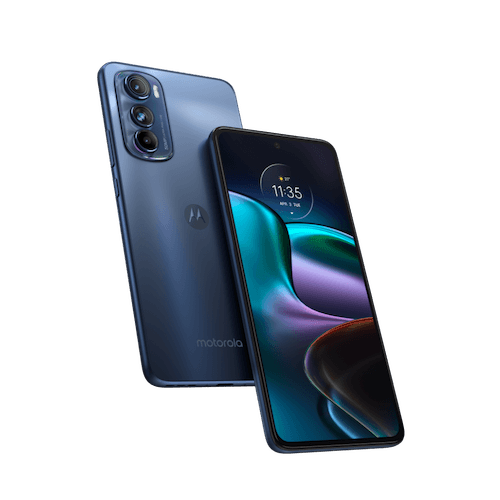Motorola Edge 30 review: A generally good phone, but not always an upgrade
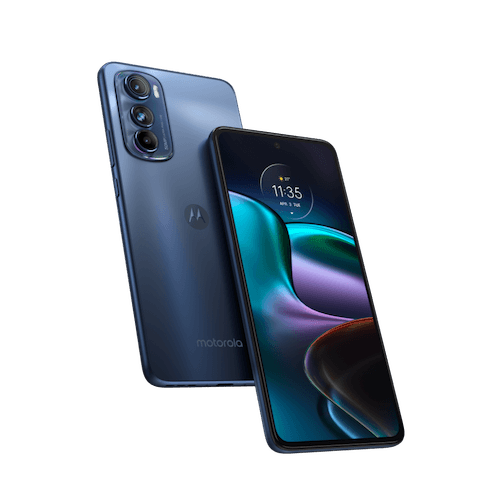
-
- Battery Score
- Camera Score
3
- Design Score
4
- Performance Score
4
- Battery Score
Summary
Quick verdict: The Motorola Edge 30 improves on the Edge 20 in a lot of important ways – except for where Motorola instead weirdly opts to shift sideways, especially on camera features.
- Good app performance
- IP52 rated for water resistance
- Clean Android 12 UI
- 144Hz AMOLED display
- Disappointing camera downgrade
- 144Hz chews up battery life
- We don’t get all the colour choices
Details
Pricing & Availability
| RRP | $699 |
| Launch date | 2022-05 |
As the name suggests, the Motorola Edge 30 is the successor to the generally excellent Motorola Edge 20, taking what was good about that phone and upgrading it in what are largely expected ways.
It's an iterative improvement in most respects, although curiously there are aspects of the older phone that Motorola hasn't carried through to the newer one, especially around camera features.
Design: Flat, thin, but there's little that feels new
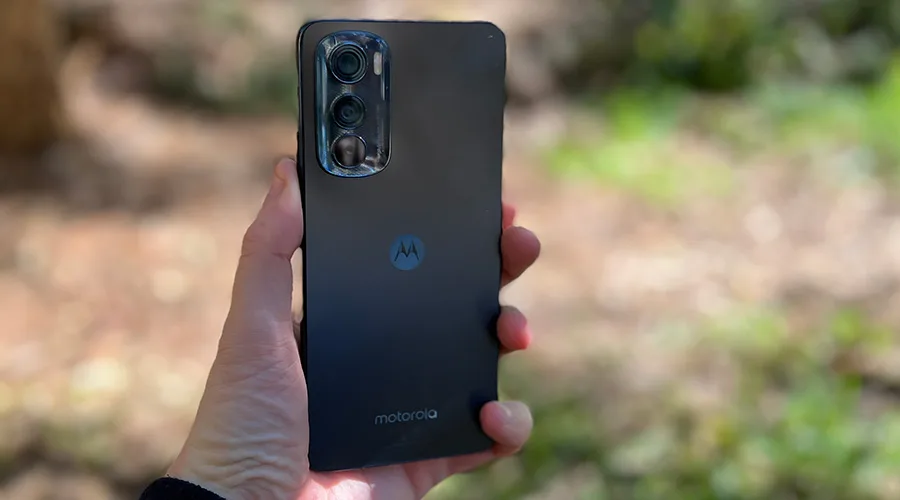
Image: Alex Kidman/Finder
Motorola's very clearly settled on its "Edge" design style, which rests on the fact that it wants to produce very thin phones. Without its protective case installed, the Motorola Edge 30 is 6.79mm thick, which does make it one of the easier phones to grip in your hand. There's a price you pay in terms of battery capacity there, which I'll get to later.
One unusual design step that Motorola's opted for with the Edge 30 relative to the Edge 20 is to shrink the screen down. It's equipped with a 6.5-inch 2400x1080 pixel AMOLED display, where the older Edge 20 gives you a 6.7-inch screen pOLED screen at 2400x1080.
While there's a taste matter around what size phone you want to jam into your pants at play here, the Edge 30 does technically benefit from a higher pixel per inch count, given it's got the same essential resolution as its older sibling.
It's also a 144Hz capable display, which may endear the Motorola Edge 30 to the gaming crowd. The reality here though is that precious few Android games really take advantage of full 144Hz capabilities.
Thankfully you can dial it down to 60Hz, or rely on Motorola's Auto setting to switch it for you on the fly. It is hard to go back to a straight 60Hz capable phone once you're used to higher refresh rates, for sure.
Like its older sibling, its thin style is rather broken up by a noticeable camera bump that means you'll never be able to lie it flat on a desk.
I never hit issues with it sliding away as you find with some phones, at least. In any case, Motorola supplies and preinstalls a thin plastic protective case which does alleviate this to a degree.
Unlocking is via an in-display fingerprint sensor with moderate accuracy. I hit more issues with the speed of unlocking than I did with false negatives during my review period, to be honest.
Motorola builds the Motorola Edge 30 in Meteor Grey, Aurora Green and Supermoon Silver. Yes, once again they're silly marketing names, but don't get too excited anyway. In Australia, we only get the relatively sedate Meteor Grey option. It's nicely elegant as colours go, but a little choice here would be nice, Motorola!
Over the years, Motorola has largely danced away from having stated water resistance for its phones. The Motorola Edge 30 is IP52 rated for water resistance. You can look up precisely what that means here, but if you're feeling lazy, I'll tell you that it should be good for resistance to rain showers, but not full immersion.
It's at least a step along the way from older models that Motorola simply used to say were "water repellent" – which may as well have meant "We haven't actually built this phone out of cheese", for all that statement is worth.
Camera: Hey, Motorola, where's my zoom gone?
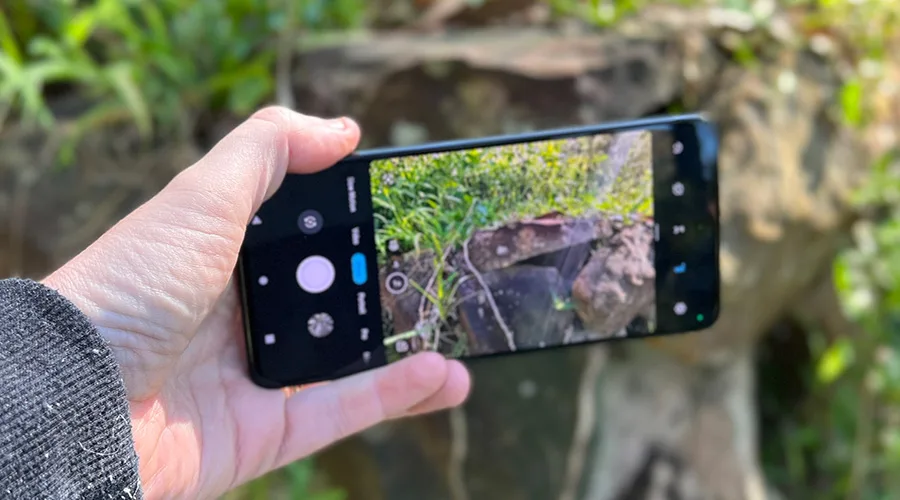
Image: Alex Kidman/Finder
The Motorola Edge 20 stood out in the mid-range pack for the inclusion of a primary 108MP sensor alongside an 8MP 3x telephoto lens and 16MP 119-degree ultra-wide lens.
So you'd expect to see at least that, and maybe more on the back of the Motorola Edge 30, right?
The Motorola Edge 30 does have 3 rear lenses… but they're a weird downgrade in terms of camera flexibility.
The primary sensor is a 50MP f/1.8 OIS module, backed with a 50MP 118-degree Ultra-Wide sensor. So far, and while that's an on-paper downgrade, megapixel counts aren't everything, and the upgrade in ultra-wide sensitivity should offset that.
However, the tertiary lens isn't a telephoto lens at all. Instead it's just a 2MP depth sensor. If you want to zoom at all, you'll have to rely on pixel binning and AI-led interpolation.
At the front, the Edge 30 hides a 32MP f/2.25 sensor, exactly the same as the Edge 20.
I couldn't help but feel a tad disappointed simply because the Edge 20 was such a flexible phone in terms of lens selection, and the Edge 30 really isn't.
Which isn't to say that it's a bad camera phone; it's just unusual to see a phone that's such an obvious successor drop such a primary feature.
So, how does it fare without that telephoto lens?
I headed to a local park to grab some sample shots.
Here's the Motorola Edge 30 shooting with its ultrawide lens:
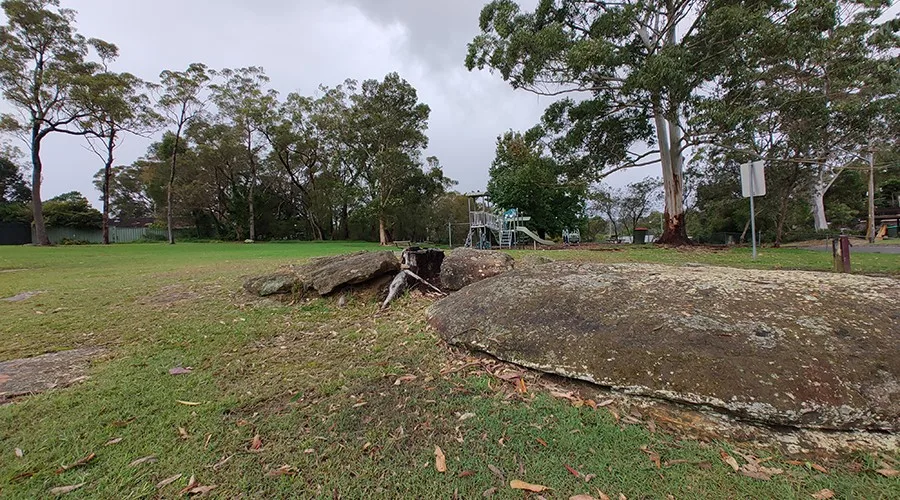
Image: Alex Kidman/Finder
The same shot on the primary wide lens:
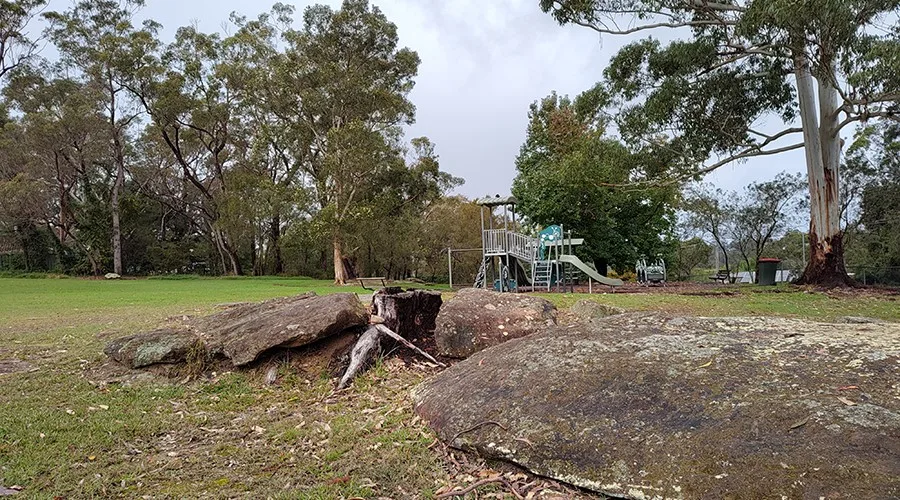
Image: Alex Kidman/Finder
At 5x digital zoom:
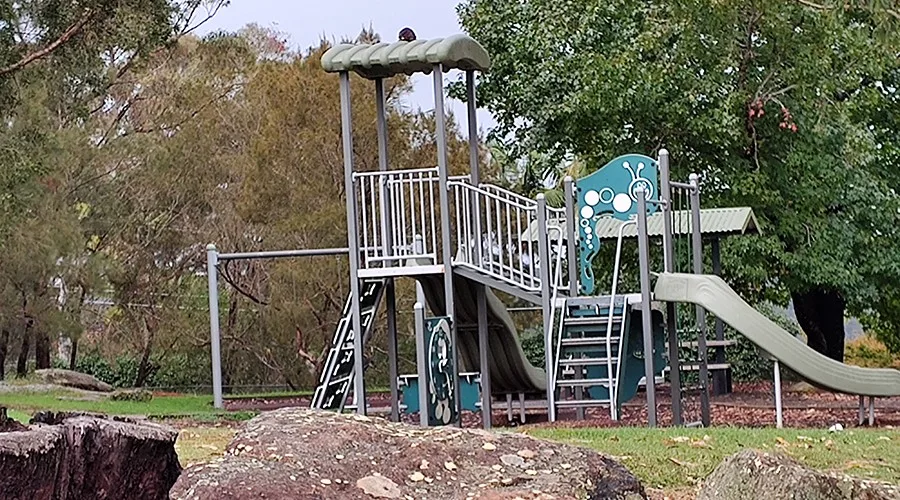
Image: Alex Kidman/Finder
And at 10x, which is thankfully where it stops trying to crop and crunch the image:
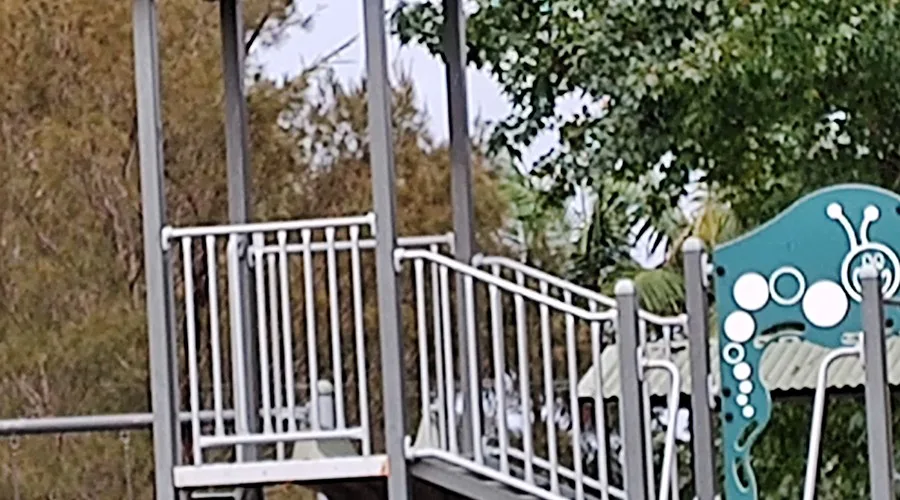
Image: Alex Kidman/Finder
If it's not clear already, I really would have preferred to have that dedicated proper zoom lens, Motorola.
The Motorola Edge 30 otherwise shoots in line with most other mid-range phones right now. For normal daytime shots it's fine, but if you push it for low light the best you can hope for is AI led, slightly noisy and oversaturated photos.
The 50MP ultrawide lens also does double duty as a macro lens. Here the Edge 30 can deliver some rather nice results, although I'll admit I'm a little jaded due to the huge number of phones that try the same thing through a dedicated/generally awful 2MP macro lens instead:

Image: Alex Kidman/Finder
As with most macro cameras on smartphones, however, you're likely to get quite a few duff shots on the way, so patience is advisable.
The front-facing selfie camera does fair duty for taking personal shots, even faking a focal blur via AI well.
Here's me in real life:

Image: Alex Kidman/Finder
And here's the same shot with portrait mode engaged:

Image: Alex Kidman/Finder
Yes, it's artificial, but it's not quite as badly "faked" as on many competing phones.
Motorola Edge 30 sample photos

Image: Alex Kidman/Finder

Image: Alex Kidman/Finder
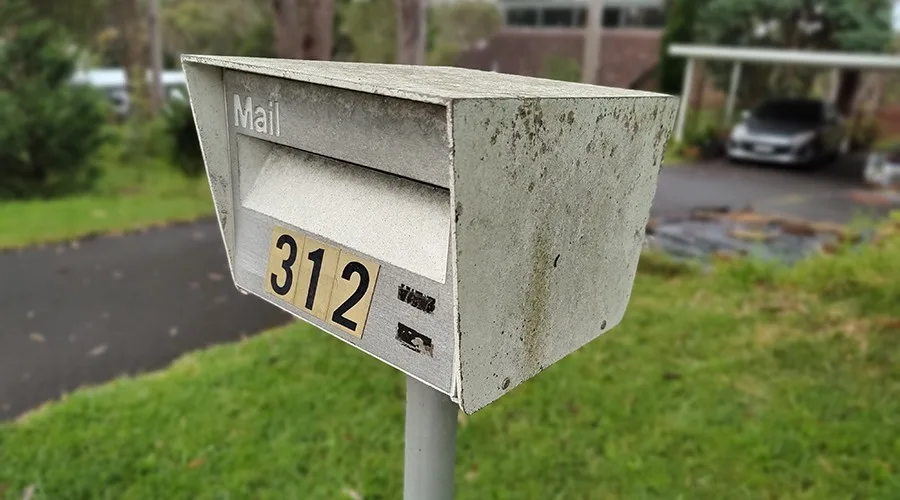
Image: Alex Kidman/Finder
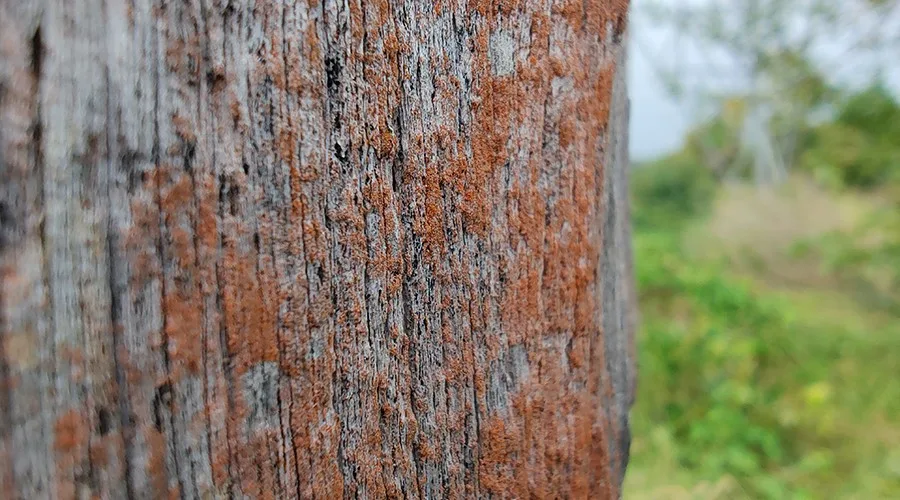
Image: Alex Kidman/Finder

Image: Alex Kidman/Finder

Image: Alex Kidman/Finder

Image: Alex Kidman/Finder
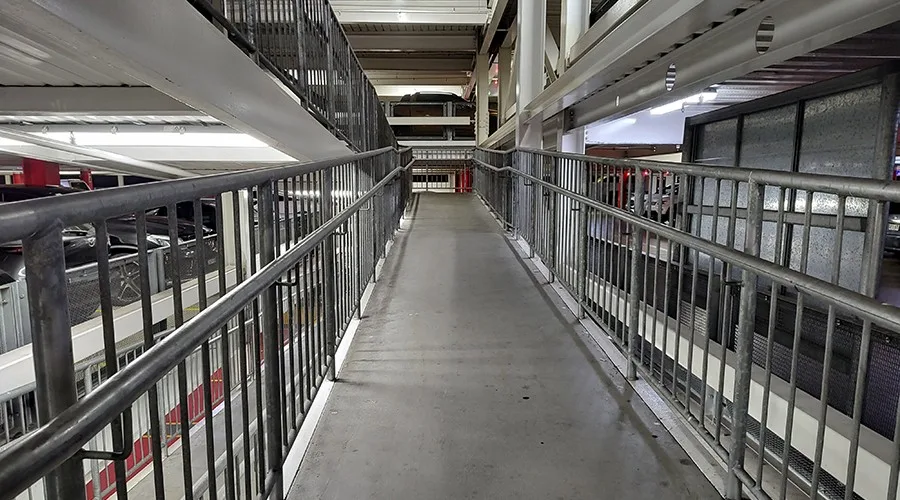
Image: Alex Kidman/Finder
Performance: Snapdragon 778G+ is good, but it's no iPhone SE
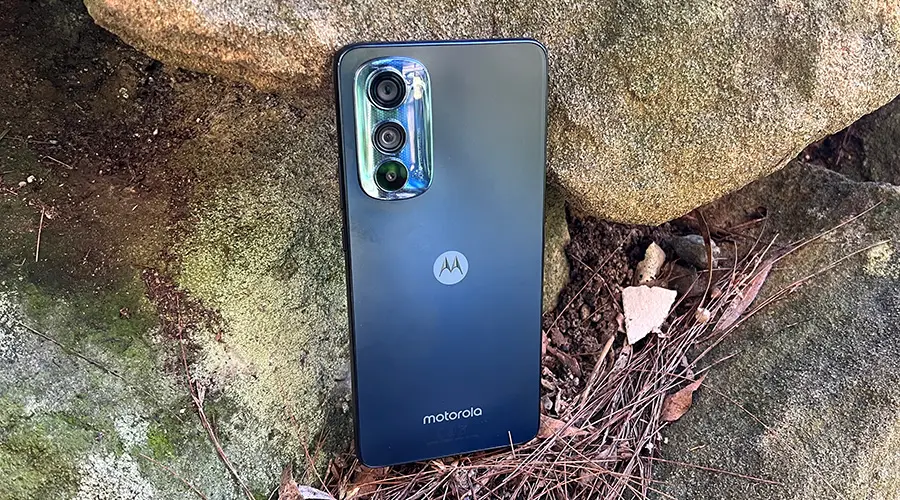
Image: Alex Kidman/Finder
In the mid-range space right now, you've got lots of choices to pick from.
The reality as far as market sales figures go in Australia is that most consumers tend to pick from either the Apple or Samsung camps. Both Apple and Samsung have phones at or near the Motorola Edge 30's $699 asking price; specifically the Samsung Galaxy A53 and the Apple iPhone SE 2022 5G.
Motorola's still also selling – for now – the older Motorola Edge 20 phone as well. So how do those phones stack up against the Edge 30, which is built on Qualcomm's Snapdragon 778G+ with 8GB of RAM and 128GB of onboard storage?
Here's how the Edge 30 compares using Geekbench 5's CPU test:
There still really is nothing to compare to the A15 Bionic stuffed into the iPhone SE 2022, but then not everyone wants to live exclusively in the Apple world.
Take it out of the equation, and the Edge 30 acquits itself well for basic processing work. It's a jump up from the older Edge 20, and markedly more powerful than the Galaxy A53.
It's much the same story on the graphics front, using 3DMark's Wild Life and Slingshot Extreme tests:
The Motorola Edge 30 is an Android 12 device, with – as is usual for Motorola – a very light launcher on top, keeping everything clear and clean. The one detail that Motorola isn't forthright with in relation to the Edge 30 is update schedules.
Historically Motorola hasn't been fast in terms of either security updates or full OS upgrades. Its competitors – including Samsung and Nokia – are these days committing to multi-year upgrade paths for their mid-range phones. It would be nice to see that for Motorola phones in the future, but for now, there's really no detail at all.
Battery: A thin phone plus 144Hz screen – what could possibly go wrong?
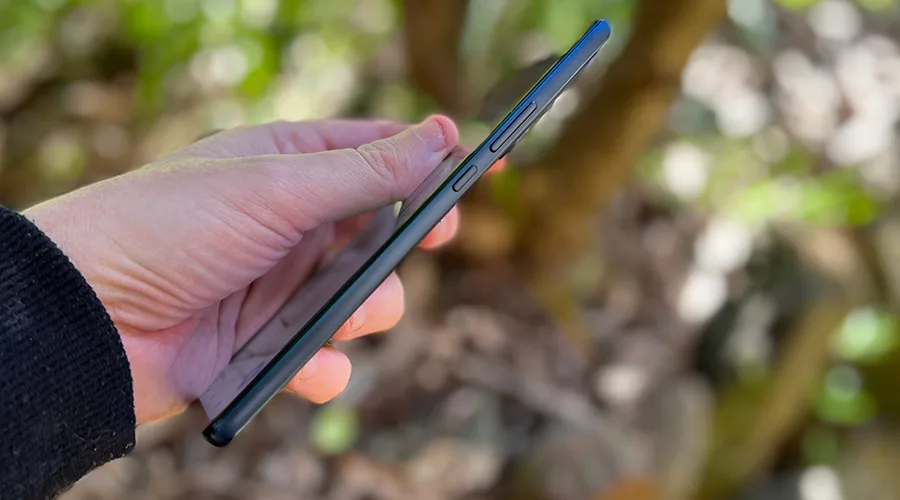
Image: Alex Kidman/Finder
Motorola really loves its "Edge" differentiation, wasting no time telling you just how thin the Edge 30 really is.
It's impressive engineering in one aspect, but it inevitably gives the company less space to allow for battery capacity.
The Motorola Edge 30 has a 4,020mAh battery, essentially 1,000mAh lower than you'll see on many competing phones.
Straight line battery numbers don't always tell the full story, because it's also a matter of usage and screen quality, but again I had good reason to be nervous. A 144Hz screen has lovely refresh rates, but all that screen wiping chews up battery power.
It was definitely an issue for the Motorola Edge 20, but would it be a potential problem for the Motorola Edge 30?
Spoiler: Yes.
Running Finder's standard battery test across the Edge 30 in both Auto and forced 144Hz modes shows the problem precisely:
It's interesting to note that there's no difference in battery endurance between the Edge 20 and Edge 30, despite the latter having not only a 144Hz display but the same battery capacity on a larger screen.
Nothing's quite as woeful as the iPhone SE 2022 in this regard. Typically what I want to see out of a phone in this test is at least 90%, because at that level, you start to hit phones that can't last through a day's typical usage.
So if you must have 144Hz all day long… you might not last all day long with the Motorola Edge 30.
There's no support for wireless charging, but the Edge 30 will recharge quite rapidly with its in-box 33W USB C charger.
Should you buy the Motorola Edge 30?
- Buy it if you want a generally balanced mid-range phone.
- Don't buy it if you need best in class battery life or a proper telephoto zoom.
The Motorola Edge 30 is a really odd phone. In most respects it's a good choice in the mid-range right now, with good app performance, nice thin design and at least a nod towards IP-rated water resistance, even if it's not the strongest.
However, its battery life at full 144Hz is problematic, and the odd way that Motorola has opted to switch around the camera optics make it a slightly less compelling choice. Most phone makers only look forward when it comes to phone upgrades, where Motorola's somewhat shifted sideways instead.
Pricing and availability

How to buy the Motorola Edge 30 plans
You can buy the Motorola Edge 30 on a 12-, 24- or 36-month repayment period with a mobile plan from Vodafone.
Specifications
Display
Camera
Physical Dimensions
Connectivity
Power, storage and battery
Device features
How we tested
I tested the Motorola Edge 30 over a 1-week period, extensively benchmarking it, testing out application performance, camera quality and battery life. I ran all benchmarks at least 3 times to get an average score. Motorola Australia loaned me the phone for the purposes of this review.
As a reviewer, I've got more than 2 decades of tech product reviewing under my belt. I'm a multi-time Australian IT Journo award winner, including awards for best reviewer and best technical journalist.
I can also remember – and have tested and reviewed – not only the classic Motorola RAZR phone, but also the Motorola ROKR, Motorola's quirky hybrid feature phone/iPod back in the day. I told you I'd been reviewing phones for a long time, right?
Sources
Your reviews
Alex Finder
Senior editor
You are about to post a question on finder.com.au:
- Do not enter personal information (eg. surname, phone number, bank details) as your question will be made public
- finder.com.au is a financial comparison and information service, not a bank or product provider
- We cannot provide you with personal advice or recommendations
- Your answer might already be waiting – check previous questions below to see if yours has already been asked
Finder only provides general advice and factual information, so consider your own circumstances, or seek advice before you decide to act on our content. By submitting a question, you're accepting our Terms Of Service and Finder Group Privacy & Cookies Policy.
This site is protected by reCAPTCHA and the Privacy Policy and Terms of Service apply.

